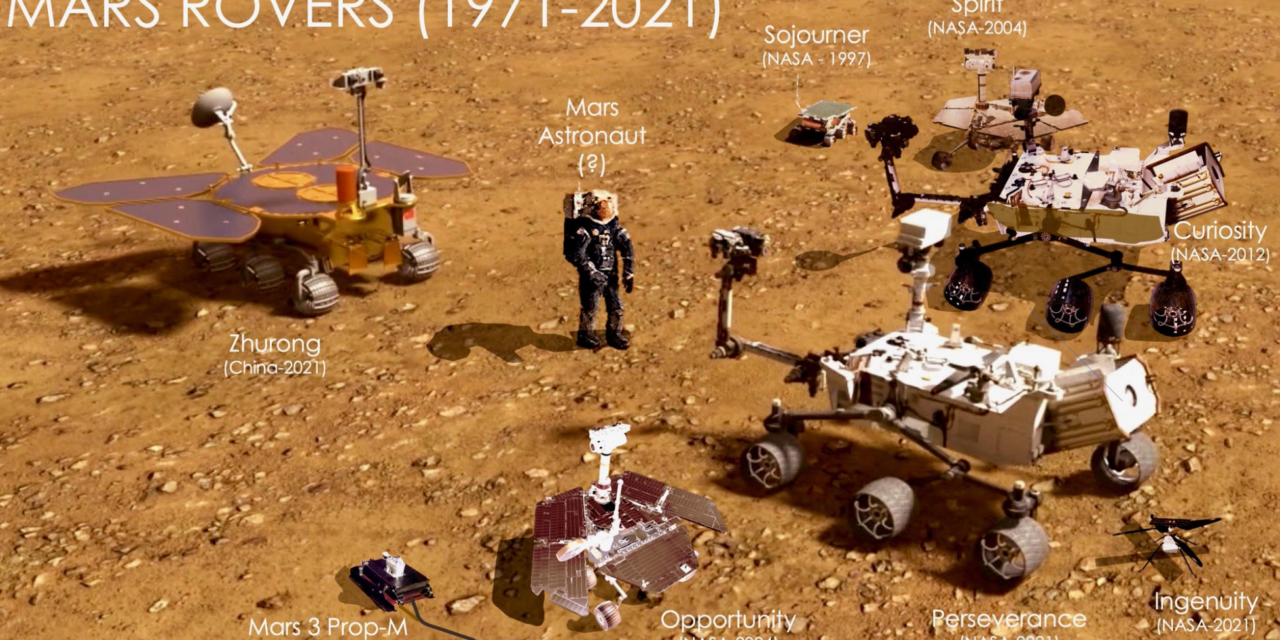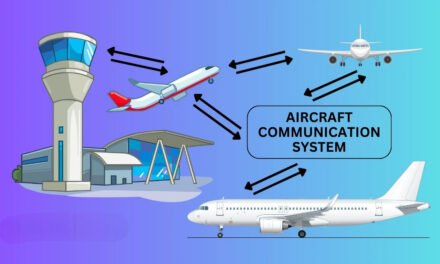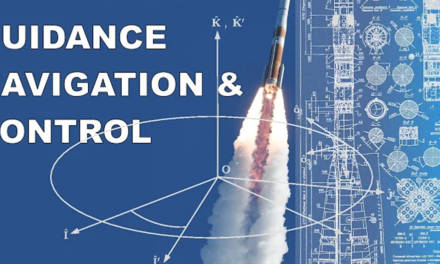Recent advancements in interplanetary exploration missions have showcased remarkable progress in technology, scientific discovery, and international collaboration. These missions target Mars, the Moon, and other celestial bodies, pushing the boundaries of our understanding of the solar system. Here are the most notable recent developments:
1. Mars Exploration
A. NASA’s Perseverance Rover (2021)
- Mission Goals:
- Search for signs of ancient microbial life.
- Collect and cache rock and soil samples for future return to Earth.
- Demonstrate new technologies, such as the MOXIE (Mars Oxygen In-Situ Resource Utilization Experiment) for oxygen production from Mars’ CO₂ atmosphere.
- Key Features:
- Equipped with advanced instruments like the SHERLOC spectrometer and a ground-penetrating radar.
- Carries Ingenuity, the first helicopter to demonstrate powered, controlled flight on another planet.
- Achievements:
- Successfully tested Ingenuity’s flight capabilities with over 50 flights as of 2025.
- Began sample collection for the planned Mars Sample Return mission.
B. China’s Tianwen-1 and Zhurong Rover (2021)
- Mission Goals:
- Conduct orbiting, landing, and roving operations in a single mission.
- Study Mars’ geology, atmosphere, and potential for water ice.
- Key Features:
- Zhurong rover equipped with cameras, ground-penetrating radar, and weather sensors.
- Achievements:
- Zhurong successfully operated on the Martian surface for over 90 sols, exceeding its expected mission duration.
C. ESA’s ExoMars Program (Planned for 2028)
- Mission Goals:
- Launch the Rosalind Franklin Rover to search for biosignatures in the Martian subsurface.
- Technological Advancements:
- Drill capable of sampling 2 meters below the surface.
- Instruments designed for astrobiology and geological analysis.
2. Lunar Exploration
A. NASA’s Artemis Program
- Objective:
- Return humans to the Moon and establish a sustainable presence by the late 2020s.
- Key Missions:
- Artemis I (2022): Uncrewed test flight of the Space Launch System (SLS) and Orion spacecraft.
- Artemis II (Planned for 2025): First crewed flight to orbit the Moon.
- Artemis III (Planned for 2026): First human landing on the Moon since 1972, targeting the lunar south pole.
- Technological Advancements:
- Development of the Gateway, a modular space station in lunar orbit.
- New human landing systems, including SpaceX’s Starship.
B. China’s Chang’e Missions
- Chang’e 5 (2020):
- Returned 1.73 kg of lunar samples, the first sample return mission in over 40 years.
- Future Plans:
- Chang’e 6 (2025): Aiming for sample collection from the Moon’s far side.
- Chang’e 7 and 8 (Late 2020s): Laying the groundwork for a lunar research base.
C. India’s Chandrayaan-3 (2023)
- Mission Goals:
- Soft land on the lunar south pole and deploy a rover for scientific studies.
- Achievements:
- Successfully demonstrated India’s ability to land on the Moon after Chandrayaan-2’s partial success.
- Conducted analyses of the Moon’s surface composition.
3. Missions to Asteroids and Small Bodies
A. NASA’s OSIRIS-REx (2023 Sample Return)
- Mission Goals:
- Study asteroid Bennu and return a sample to Earth.
- Achievements:
- Delivered 250 grams of pristine asteroid material for analysis of early solar system conditions and organic molecules.
B. Japan’s Hayabusa2 (2020 Sample Return)
- Mission Goals:
- Study asteroid Ryugu and return samples.
- Achievements:
- Successfully returned ~5 grams of asteroid material to Earth, revealing information about organic compounds and water in the early solar system.
C. ESA’s Hera Mission (2024 Launch)
- Objective:
- Study the Didymos-Dimorphos asteroid system post-impact from NASA’s DART mission to evaluate planetary defense strategies.
- Significance:
- Provides insights into asteroid composition and the effectiveness of deflection techniques.
4. Jupiter and Outer Planets Exploration
A. NASA’s Europa Clipper (2024 Planned Launch)
- Objective:
- Study Europa’s ice-covered ocean and assess its habitability.
- Technological Innovations:
- Advanced instruments to probe subsurface structures and detect potential biosignatures.
B. ESA’s JUICE Mission (2023 Launch)
- Objective:
- Explore Jupiter’s icy moons—Ganymede, Callisto, and Europa—to understand their potential for harboring life.
- Features:
- Long-duration mission with advanced imaging and spectrometry capabilities.
5. Solar Observations and Space Weather
A. Parker Solar Probe (2018-ongoing)
- Mission Goals:
- Study the Sun’s corona and solar wind.
- Achievements:
- Closest approach to the Sun, providing unprecedented data on solar activity.
B. ESA-NASA Solar Orbiter (2020-ongoing)
- Objective:
- Capture the first images of the Sun’s poles and study its magnetic field.
- Technological Innovations:
- Heat-resistant materials to operate close to the Sun.
6. Future Trends and Missions
A. Human Missions to Mars
- NASA plans to send astronauts to Mars in the 2030s, leveraging lessons from the Artemis program and robotic Mars missions.
B. In-Situ Resource Utilization (ISRU)
- Missions like Artemis and Mars exploration focus on utilizing local resources (e.g., extracting oxygen or water from regolith).
C. International Collaboration
- Greater cooperation between space agencies (e.g., NASA-ESA collaboration on the Mars Sample Return mission).
- Joint projects like the Lunar Gateway and multi-agency Mars exploration missions.
D. Private Sector Involvement
- Companies like SpaceX and Blue Origin are increasingly involved in interplanetary missions, providing innovative technologies and reducing costs.
Conclusion
Recent advancements in interplanetary exploration have set the stage for groundbreaking scientific discoveries and the establishment of a sustained human presence beyond Earth. With new technologies, international partnerships, and ambitious missions, humanity is entering a new era of space exploration.
Hashtags
#InterplanetaryMissions #SpaceExplorationTech #BeyondEarthExploration #PlanetaryScience #DeepSpaceExploration #MarsRovers #RedPlanetExploration #MarsMissionTech #PerseveranceRover #ExploringMars #LunarExploration #MoonMissions #ArtemisProgram #LunarTechAdvancements #ExploringTheMoon #NextGenSpaceTech #SmartRovers #AdvancedExplorationTools













